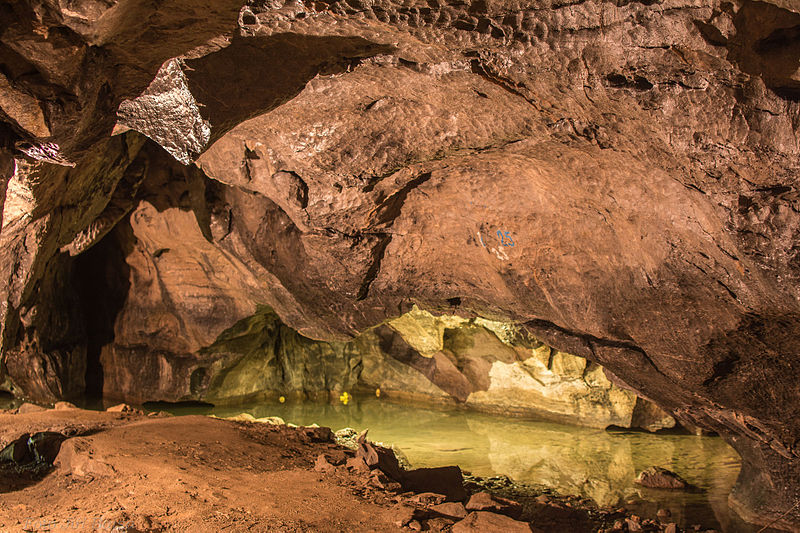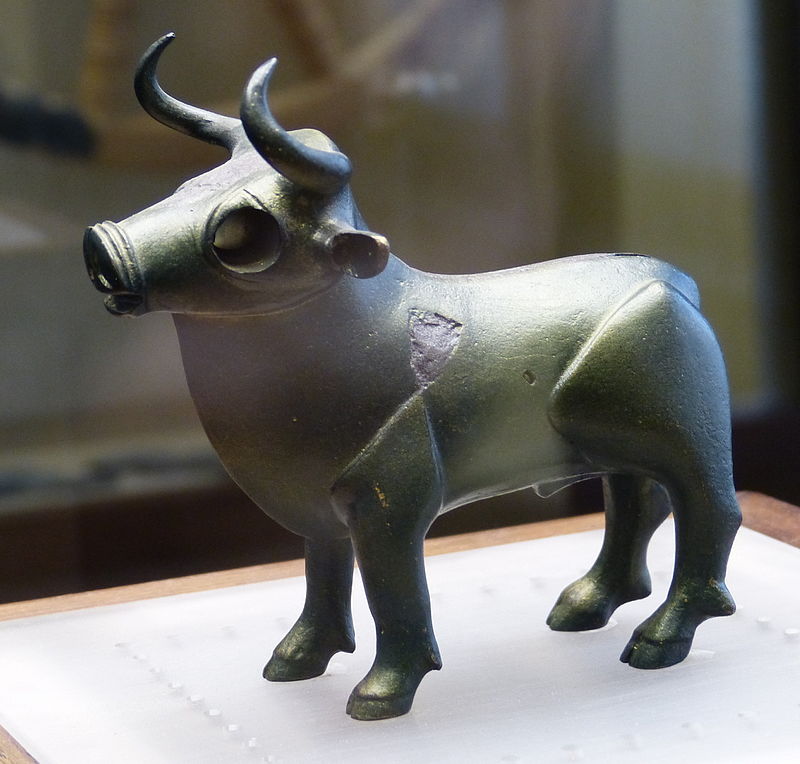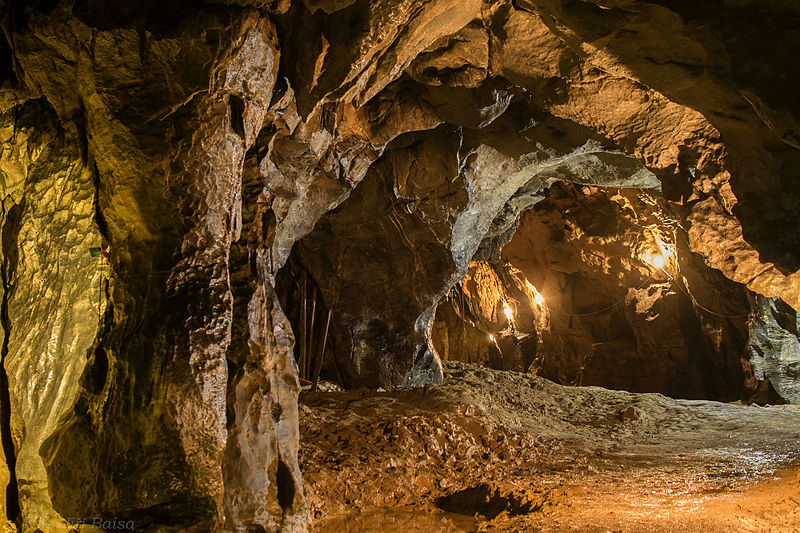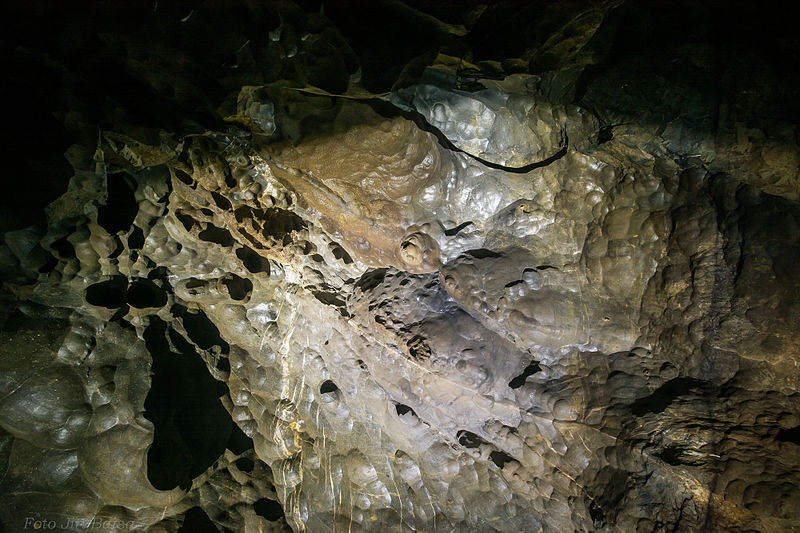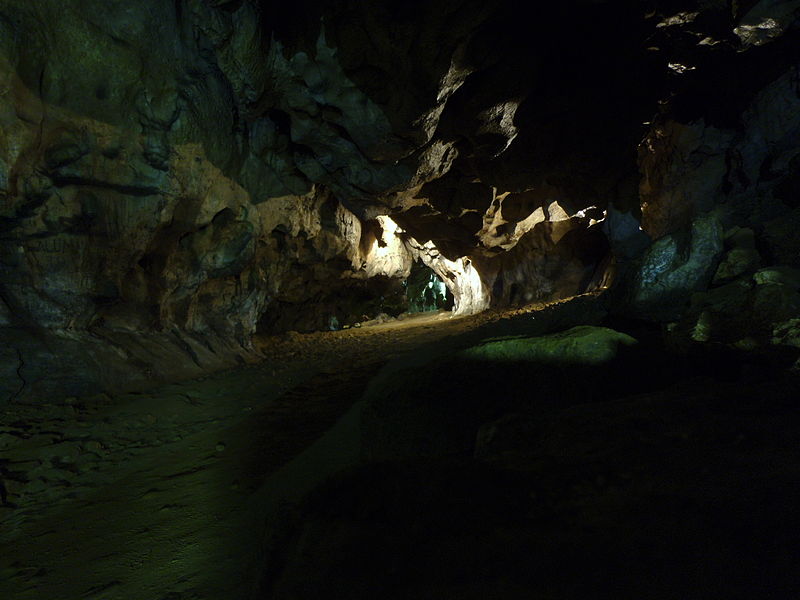Býčí skála
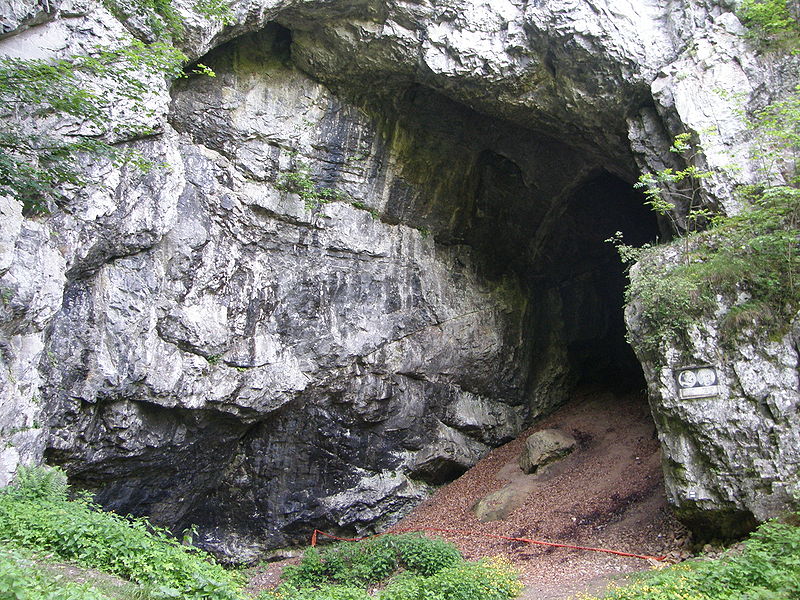
Facts and practical information
Býčí skála, or the Bull Rock Cave, is a prehistoric site of significant archaeological importance located in the Moravian Karst of the Czech Republic. This extensive cave system, renowned for its complex of underground passages and chambers, has been a treasure trove of prehistoric human activity, shedding light on the lives of our ancient ancestors.
The cave, part of a larger karst landscape characterized by its limestone formations, sinkholes, and rich subterranean biodiversity, has been a subject of scientific interest since the 19th century. Excavations have unearthed evidence of human occupation dating back to the Paleolithic era, with a wealth of artifacts including tools, jewelry, and even human remains.
Perhaps the most remarkable discovery within Býčí skála is the burial site of the so-called Hallstatt culture, a Central European Iron Age culture named after the type-site Hallstatt in Austria. This burial site within the cave includes a chariot burial, a rare and intriguing find that indicates the high social status of the individual interred.
The site not only provides insights into the funerary practices of prehistoric peoples but also serves as a testament to the long-term human interaction with the natural environment. The cave's interior features impressive stalactite and stalagmite formations, and the combination of natural beauty and archaeological significance make Býčí skála a fascinating destination for both tourists and researchers.
Býčí skála – popular in the area (distance from the attraction)
Nearby attractions include: Macocha Gorge, Punkva Caves, Výpustek Cave, Moravian Karst.


